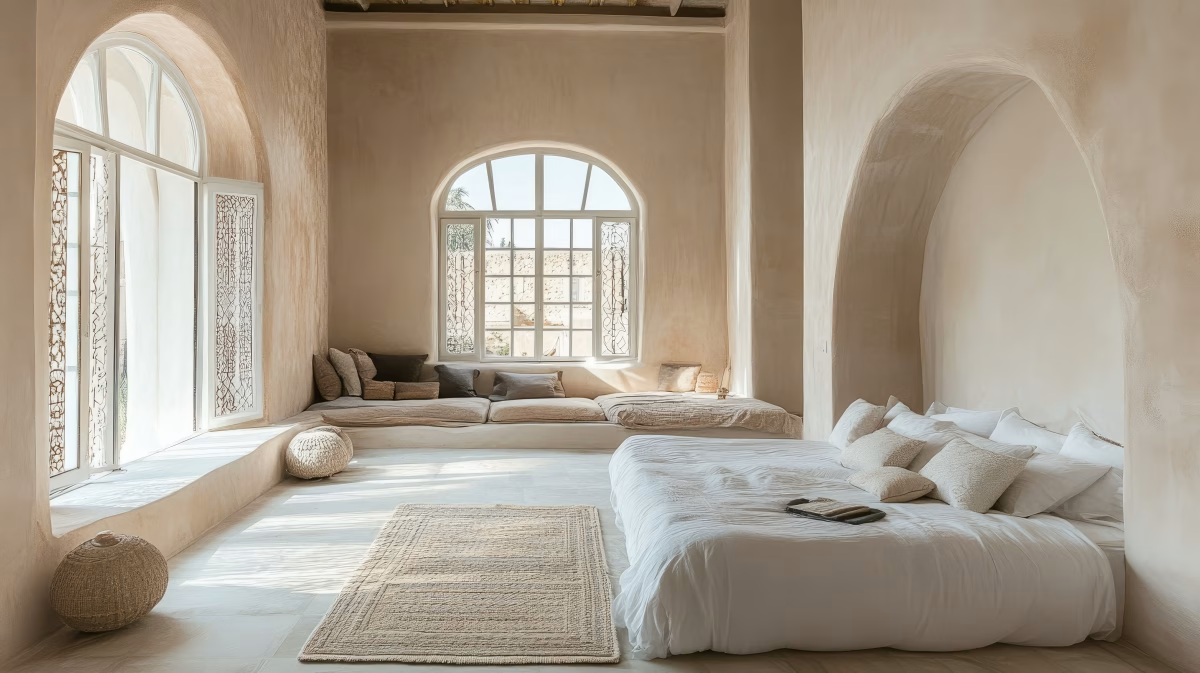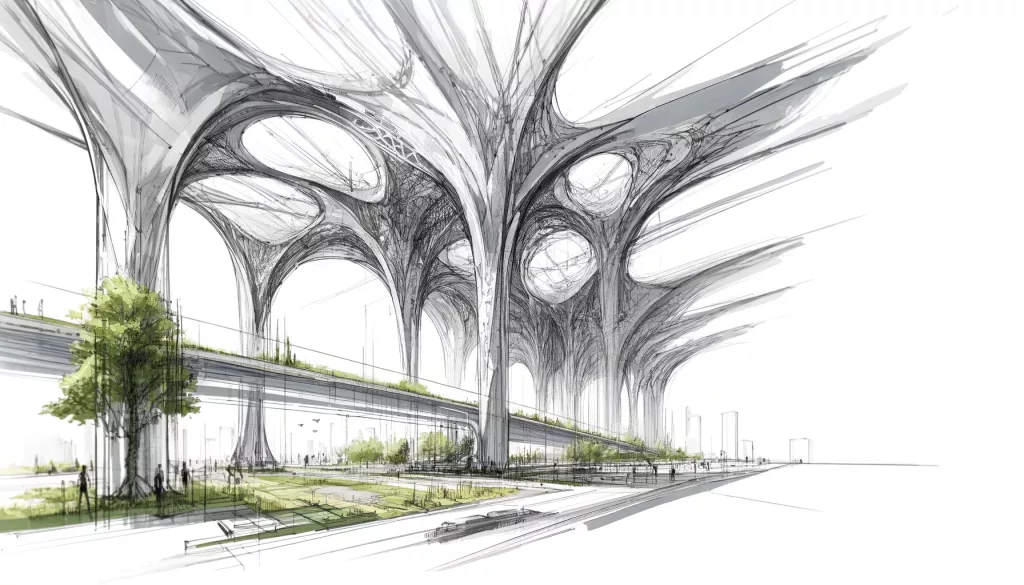Discover how to create an environment that promotes the feeling of home, through optimal brain function with our guide on designing spaces conducive to cognitive well-being. Learn the essential elements and strategies to cultivate a space where the mind can thrive. Enhance your surroundings to foster mental clarity and productivity today.
Table of Contents
What does it really mean to feel “at home”? It’s a phrase we use often-usually without thinking too much about it. But beneath that familiar expression lies a deeply biological response. Feeling at home isn’t just about comfort or habit; it’s about how our brain processes and responds to our surroundings.
This is exactly the kind of question explored in neuroarchitecture, which is a field that combines neuroscience with architecture to examine how the built environment affects us on a cognitive, emotional, and physiological level. Through methods like eye tracking, EEG, and stress-related biometrics, researchers have shown that the sense of “home” is not just a poetic idea. It’s a measurable state, that is reflected in brain activity, heart rate, and even patterns of attention.
In other words, the experience of home isn’t abstract. It’s hardwired. And our brains know it when they find it.
The Brain’s First Reaction to Space
The moment someone enters a space, their brain gets to work-fast. Without conscious effort, systems in the brain begin scanning for signals: Is this safe? Is it overstimulating? Can I relax here?
These rapid evaluations are driven by neural structures like the amygdala, which monitors for threat, and the prefrontal cortex, which helps regulate emotional responses. And what influences those systems? Surprisingly subtle cues-ceiling height, lighting, materials, and even the shape of furniture.
For instance, spaces with natural textures and soft lighting tend to activate calming responses. In contrast, sharp angles and stark contrasts can elevate alertness and even low-level anxiety. Rounded contours are easier for the visual system to process. Warm, diffuse light supports circadian stability. High ceilings are associated with increased cognitive flexibility.

These aren’t just design preferences, they’re patterns reflected in neuroimaging and psychophysiological data. Studies consistently show that architectural features impact stress levels, attention, and affective state.
Put simply: when the brain doesn’t have to work hard to decode a space, it shifts into a more restorative mode. And that’s often the first step in feeling “at home.”
When the Nervous System Lets Go
A home-like environment allows the nervous system to settle. We see this in physiological metrics: a lower heart rate, smoother breathing, reduced skin conductance. These are not subjective impressions, they are empirical signals of regulation.
A 2023 study using immersive VR and biometric sensors found that environments with open layouts, soft colors, and biophilic elements (like views of trees or water) elicited the strongest calming responses. People didn’t just say they liked these spaces-their bodies showed it.
Architects and designers can easily leverage this. They can move from spaces that simply function, to spaces that restore.
Designing from the Inside Out
A persistent challenge in architecture is the gap between self-report and real response. What people say they feel doesn’t always match what their physiology reveals. That’s where biometric tools – like iMotions – offer a crucial advantage.
By integrating EEG, eye tracking, and galvanic skin response (GSR), researchers can measure cognitive and emotional reactions to a space in real time. Virtual walkthroughs allow architects to test how different user groups, whether neurotypical adults, children, or individuals with sensory processing differences, actually experience a design before it’s built.
This isn’t just about design efficiency. It’s about empathy. It’s about moving beyond personal preference to ask: How does this space affect others? How does it feel, physiologically and emotionally, across diverse nervous systems?
It’s not just about optimization. It’s about empathy. About asking: how does this space feel-not just to me, but to others?
When Does the Brain Feel at Home?
It feels at home when the environment speaks the same language as the body:
- When light shifts naturally with the day
- When shapes are gentle, and materials invite touch
- When movement through the space feels intuitive
- When there’s both openness and enclosure
- When nothing feels out of place-and nothing jars

The experience of home is not simply an idea, it’s a whole-body perception. It lives in the interplay between architecture and neurobiology. And with today’s tools, we can design for that alignment deliberately.












